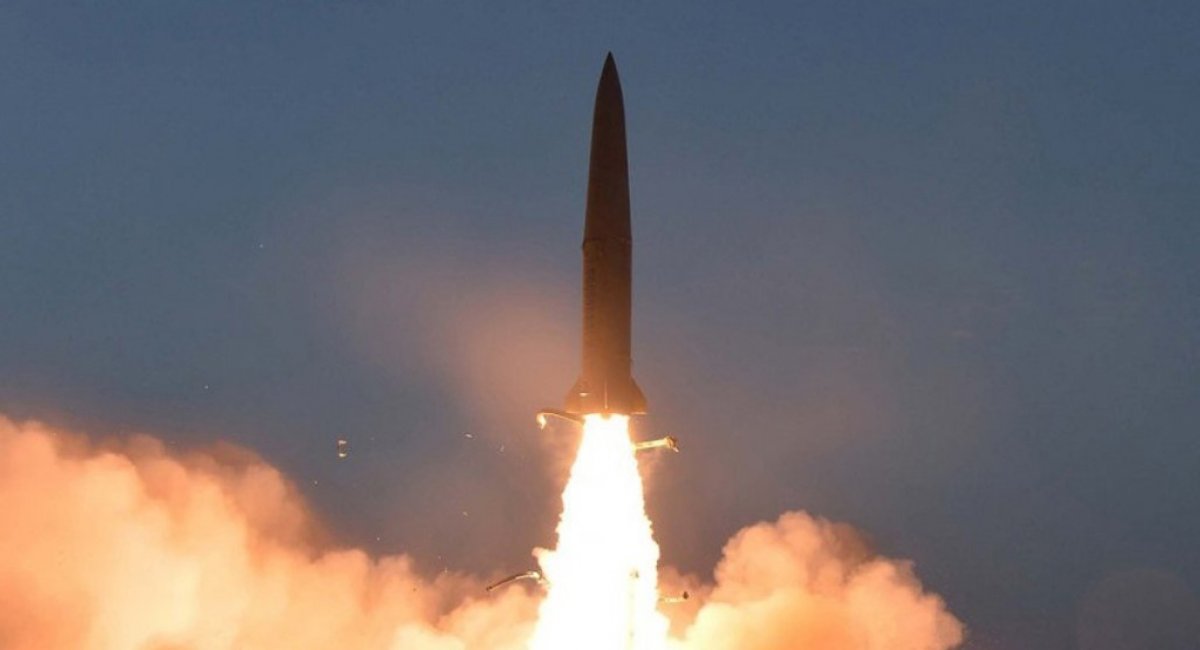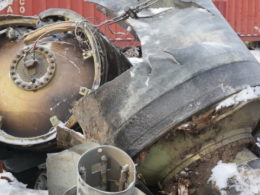A recent analysis of North Korean KN-23 ballistic missile debris used by Russia against Ukraine has uncovered evidence of Russian technological assistance in their production. The Royal United Services Institute (RUSI) reports that Ukrainian experts examined fragments of these missiles, which were used by Russian forces to strike Ukrainian infrastructure in early 2024.
The report comes amid growing concern about Russia's military cooperation with North Korea as it seeks support for its war against Ukraine. While an official military alliance between the two countries was concluded this June, Russia has been using North Korean shells against Ukraine for nearly a year, and debris of at least 24 North Korean missiles has been recovered from sites of strikes on Ukrainian civilian infrastructure.
The analysis was conducted by specialists from the Institute of Armaments and Military Equipment of the Ministry of Defense of Ukraine.
Their findings reveal that at least some elements of these missiles were manufactured by North Korea using raw materials and technical documentation obtained from Russia, demonstrating the real degree of cooperation between Russia and North Korea in the missile technology segment, Ukrainian expert Oleksandr Danylyuk writes in RUSI.
The analysis identified several key indicators of Russian involvement in the KN-23 missile production.

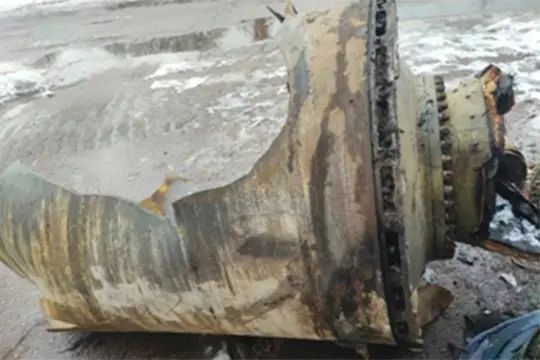
Russian rotary hood technology is employed in the manufacture of the missile's cruise engine, as evidenced by distinctive annular grooves. All markings on individual elements of the KN-23 missile conform to Russian standards, specifically the "Unified system of design documentation," GOST 2.113-75 "Group and basic design documents."
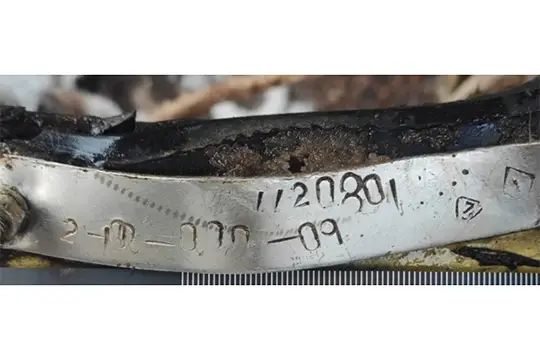
Furthermore, the chemical composition of materials used in the missile's construction points to a Russian origin. The body of the fuel tank of the marching engine is composed of Russian steel types 12X2NVFA, 19X2NVFA, 21X2NVFA, and 23X2NVFA. The rocket's gas-dynamic rudders are made from Russian grade 9 tungsten alloy, a material actively used in Russian industry.
This collaboration between Russia and North Korea on missile technology is not new, according to the report.
The relationship dates back to the Soviet era, with North Korea receiving constant assistance in weapons production and nuclear technology. For example, the North Korean Hwasong-5 tactical ballistic missile and the Hwasong-7 medium-range missile are both modified versions of the Soviet R-17 missile, which was part of the Elbrus missile complex. The KN-02 Toksa missile is a modification of the Soviet short-range ballistic missile Tochka-U.
The RUSI report emphasizes that Russia's support for North Korea's missile and nuclear programs has been ongoing, despite UN Security Council resolutions. The US government has previously imposed sanctions on Russian companies and individuals for their involvement in these activities. In early 2022, the State Department sanctioned two Russian companies - Parsek LLC and Apollon LLC - and their directors for activities supporting North Korea's WMD program and its delivery means.
The history of cooperation between Moscow and Pyongyang in missile technology spans several decades, but it has not received appropriate attention or reaction from the international community.
For instance, in the mid-1990s, North Korea entered into an agreement with the Russian Makeyev State Rocket Center, part of Roscosmos, to design a "launch rocket for space launches." The Soviet nuclear ballistic missile R-27, which was placed on submarines, was taken as a model.
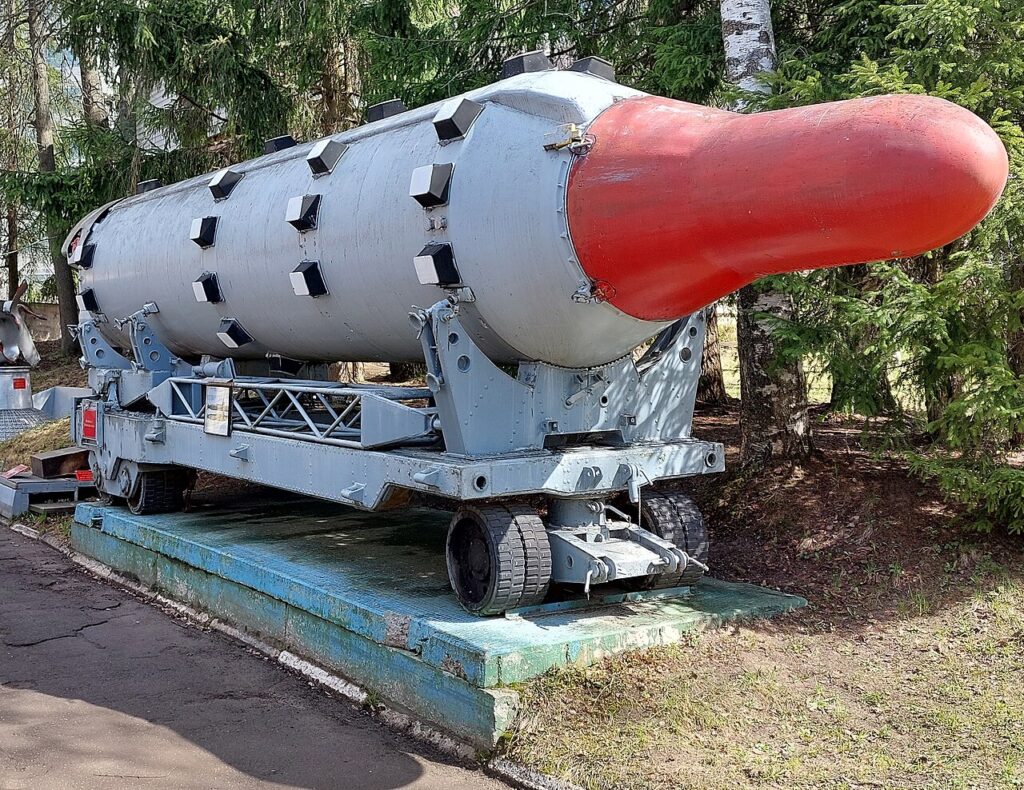
As a result of this cooperation, North Korea received the Hwasong-10 ballistic missile, also known as Musudan, with a range of up to 3,500 km after 2010.
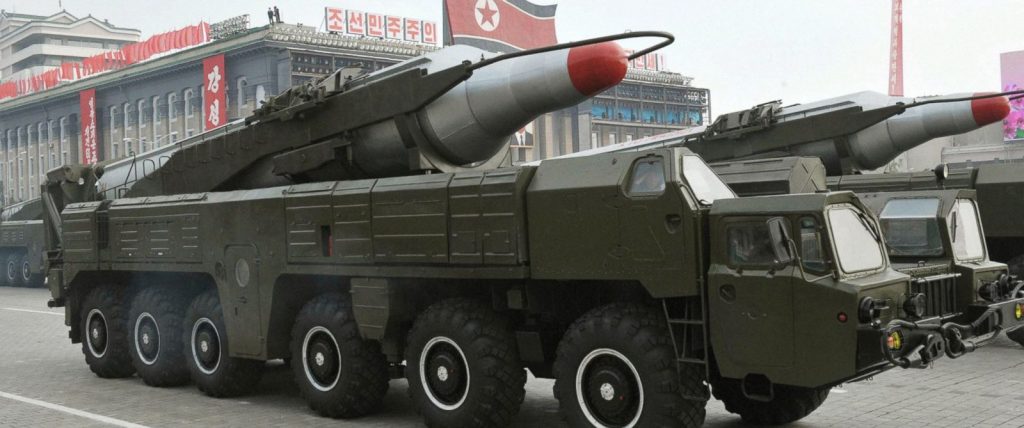
The report concludes that the greatest threat to international security is Russia's interest in opening new theaters of military operations with the participation of other authoritarian regimes. This strategy could potentially disperse Western coalition resources and consolidate what is termed a "new axis of evil."
The opening of such new theaters could be the result of provocations by Russian intelligence services, with the transfer of technologies necessary for developing weapons of mass destruction being only one of the possible triggers.
Related:
- What to make of the new Russia-North Korea Alliance
- Proof of Russian use of North Korean missiles in Ukraine unveiled at UN
- Why Ukraine’s fight is key to defeating Russia-China-North Korea alliance
- Mapping North Korea’s discreet artillery ammo route to Russia
- Analyst: Russian oil money turning North Korea into “ideal military factory”

